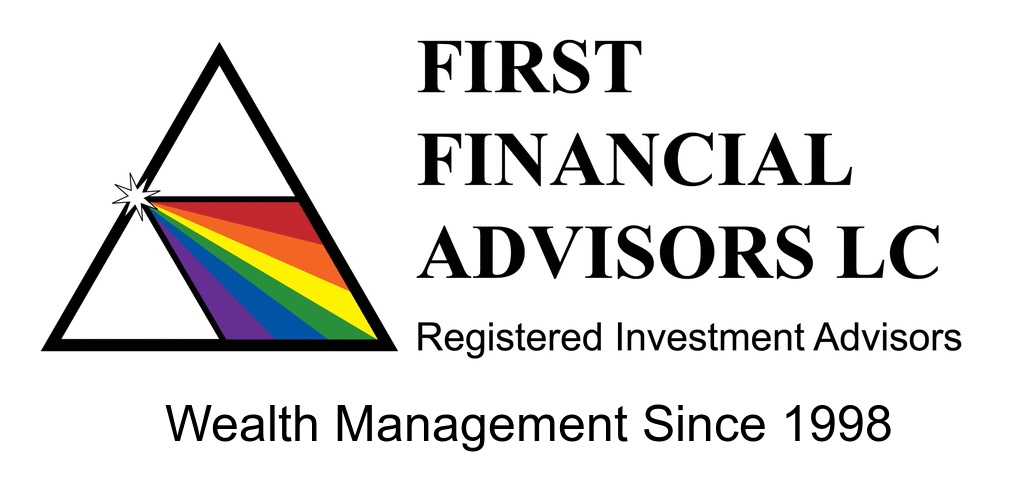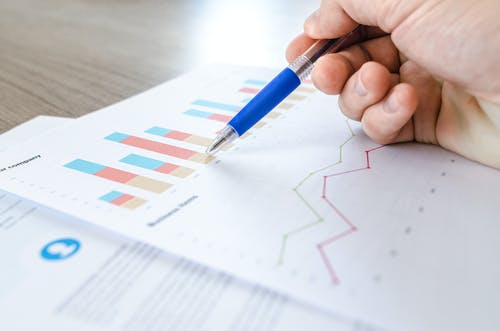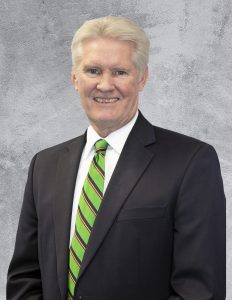While living in Argentina as a young missionary for my Church from 1975-77, I witnessed a strange phenomenon – Hyper Inflation. For 15 years from 1975 to 1990, the annual rate of inflation averaged a remarkable 300%, meaning that the price level doubled every few months. Prices rose at an explosive annual rate of more than 1,000% in 1989, before inflation was finally brought under control. Although this happened a number of years ago, I remember vividly walking into a store to purchase a loaf of bread or a liter of milk and the pesos I had in my pocket from the prior week weren’t sufficient to pay for the goods. I watched the government print higher and higher denominations of bills, as the peso was devalued. When I first arrived in Argentina, a 10-peso bill was worth plenty. Over the ensuing weeks it became worthless. Months later I was carrying a 1000-peso bill in my wallet that had the same value of the 10-peso bill. Hyper-inflation is scary. The good people of Argentina really struggled during that time. I share this story because among the many economic questions arising out of the COVID-19 pandemic and the government providing trillions of dollars in economic aid is: what can we expect when it comes to inflation? Are prices going to go through the roof or are we going to experience an extended period of deflation?
As is the case with most of the economic implications of the pandemic, the crystal ball is currently quite fuzzy about what is next for inflation. We can, however, make some educated guesses. Because the pandemic is causing the economy to slow down and reducing demand, the overall inflation rate could possibly fall. Gas prices illustrate this larger effect. Leaving aside the price erosion brought on by the collapse of OPEC a few weeks ago, reduced demand in the wake of COVID-19 has pushed pump prices down. This is good news for drivers, but bad news for the oil producers. Milk provides another example of how COVID-19 could dampen prices. Reduced demand due to restaurant and hotel closures have led some dairy farmers to dump excess milk supply to prevent prices from falling. Government spending, low interest rates and quantitative easing should, however, keep demand from collapsing and ward off widespread deflation. This fear of widespread deflation is a reason why many are advocating for negative interest rates. Jerome Powell has clearly stated that the Federal Reserve feels that negative interest rates are not an “appropriate policy” for the United States at this time.
On the flip side, there is some concern that the efforts to ease the economic pain of the pandemic by issuing trillions of dollars in a relief package will overstimulate the economy. There are some who fear that after the lockdown ends, inflation will spike. At First Financial Advisors, we believe with the odds shifting to a slower recovery after the pandemic, which should mitigate any major effects of the stimulus efforts. Also, it is important to note that, even if overall inflation trends lower, the price of some things might rise due to supply shortages. And, looking farther down the road, the price of some things might rise on a more permanent basis after the pandemic due to protectionism or a greater focus on local supply chains over international trade.
With the potential of inflation increasing in the future, we have started to add small amounts of gold to client portfolios. Gold, historically, has acted as a hedge in times of uncertainty. While it is not a perfect hedge against inflation, we feel like some exposure to gold helps balance the asset allocation of our client portfolios.
As always, amidst the uncertainty in our economy, our investment strategy is laser-focused on playing defense and preserving capital. if you have questions regarding the market, your account, or would just like a friendly voice to talk to in this era of pandemic and lockdown; Alan, Bob, Carson, and Delightra are here to help.





